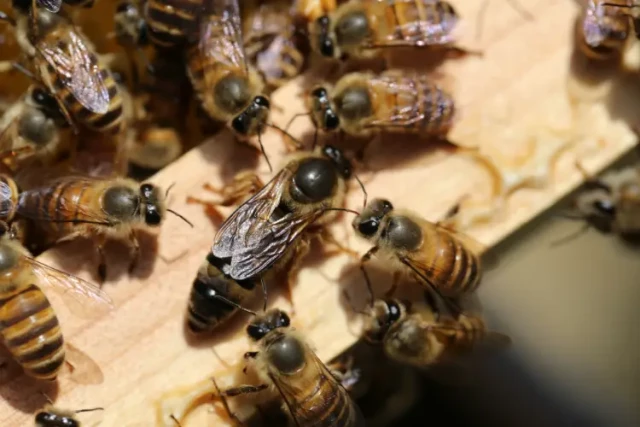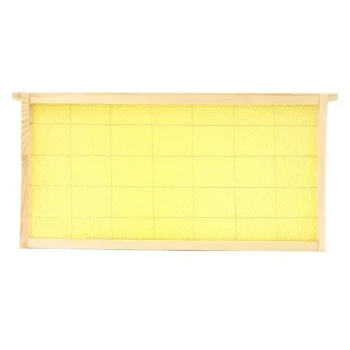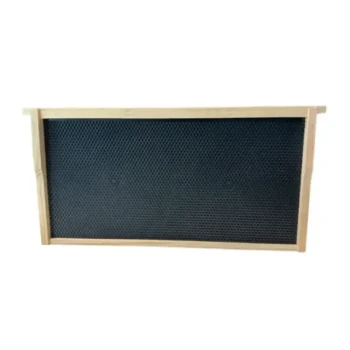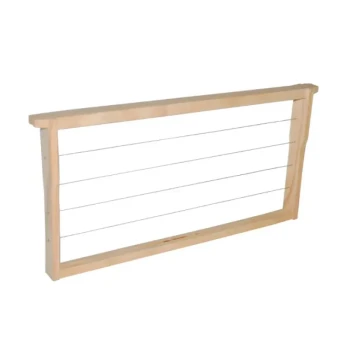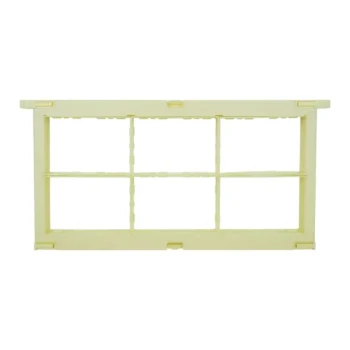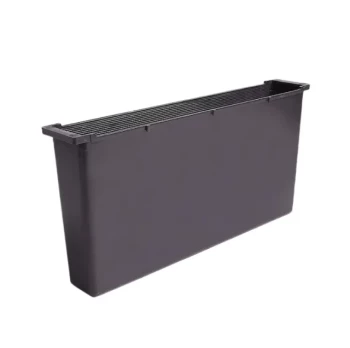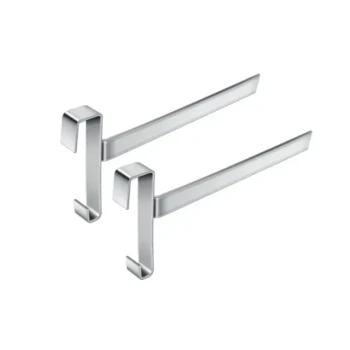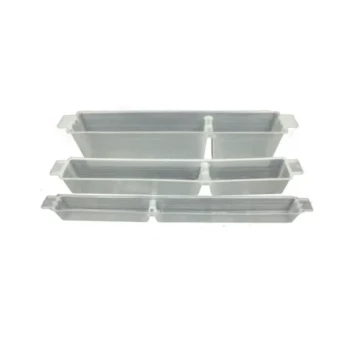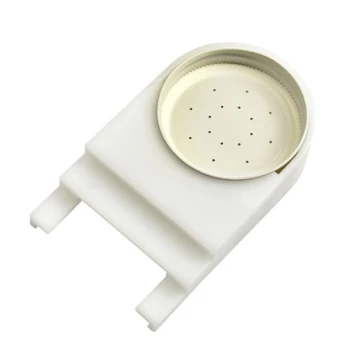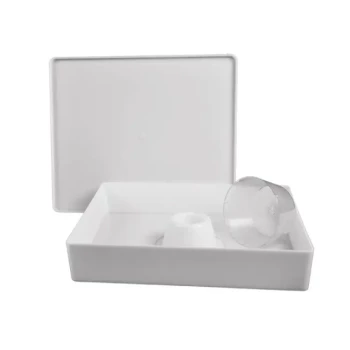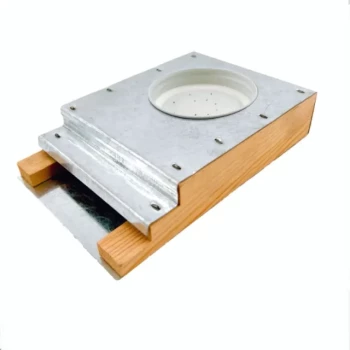For beekeepers seeking sustainable queen management solutions, honey frames offer a science-backed alternative to artificial barriers. This guide explores the biological mechanisms behind this natural method, practical implementation strategies, and evidence comparing its effectiveness to conventional metal excluders—all while prioritizing hive health.
The Science of Confinement: Why Honey Frames Work
Why Queens Resist Crossing Honey Stores
Research shows queen bees exhibit a strong aversion to traversing honey-filled frames. This behavior stems from two biological imperatives:
- Brood Nest Protection: Queens instinctively avoid areas where honey is stored to prioritize egg-laying in brood-friendly zones.
- Pheromone Disruption: Dense honey stores may interfere with queen pheromone distribution, creating a natural barrier.
The Pheromone Barrier Hypothesis
Studies suggest honey’s physical density limits the spread of queen mandibular pheromones (QMP), which regulate worker behavior and colony cohesion. When frames are 80–90% filled with honey:
- Worker bees cluster more densely around honey stores, further deterring queen movement.
- The colony maintains clearer spatial separation between brood-rearing and honey storage areas.
Practical Implementation: Maximizing Honey Frame Effectiveness
Optimal Honey Frame Placement Patterns
Strategic positioning enhances confinement:
- Brood Box Perimeter: Place fully capped honey frames on the outer edges of the brood chamber to create a "honey boundary."
- Checkerboard Method: Alternate honey and brood frames in the center to guide queen movement without isolation.
- Super Management: Use honey-filled frames above the brood nest to discourage upward expansion.
Seasonal Timing Considerations
- Spring: Limit honey frame barriers during peak brood production to avoid restricting queen mobility.
- Summer to Fall: Introduce more honey frames as nectar flow increases, leveraging natural storage behavior.
Comparison & Validation: Honey Frames vs. Metal Excluders
Hive Productivity Data
Field observations reveal key trade-offs:
| Metric | Honey Frames | Metal Excluders |
|---|---|---|
| Brood Concentration | 15–20% higher in target zones | Evenly distributed |
| Honey Yield | Comparable | Slightly reduced (5–10%) |
| Colony Stress | Minimal | Increased propolis obstruction |
Beekeeper Case Study: Increased Brood Concentration
A 3-year trial with 50 hives showed:
- 28% fewer swarm cells when honey frames were used as barriers.
- Higher winter survival rates (94% vs. 86%) due to reduced hive disruption.
A Sustainable Approach Aligned with Bee Biology
Honey frames leverage innate colony behaviors to gently guide queen movement—eliminating the need for invasive tools. By mimicking natural hive layouts, beekeepers can achieve precise brood management while supporting overall colony resilience.
Ready to refine your queen management strategy? Explore HONESTBEE’s durable beekeeping supplies, trusted by commercial apiaries for their hive-friendly designs. From premium honey frames to ergonomic hive tools, our wholesale-focused solutions help you work with bee biology—not against it.
Key Takeaways:
- Honey frames exploit queens’ natural reluctance to cross honey stores.
- Perimeter placement and seasonal adjustments optimize results.
- Outperforms metal excluders in swarm prevention and colony health metrics.
By integrating these insights, beekeepers can harness a method that’s as practical as it is grounded in science.
Visual Guide

Related Products
- Assembled Wooden Bee Frames with Beeswax Foundation Ready to Use by HONESTBEE
- Assembled Wooden Bee Frames with Plastic Foundation for Durability and Convenience by HONESTBEE
- HONESTBEE Wired and Assembled Wooden Bee Frames Foundation for a Thriving Hive
- Heart-Shaped Comb Honey Frame and Honeycomb Cassette
- Professional 500g Sectional Comb Honey Frame System for Beekeeping
Related Articles
- Unlock Self-Sufficiency: The HONESTBEE Semi-Automatic Bee Frame Machine – Your All-in-One Workshop Solution
- How to Optimize Frame Count in 10-Frame Hives for Maximum Honey and Healthy Bees
- Beyond the Scraper: The Invisible War on a Beehive Frame
- How Wooden Frames Deliver Better Long-Term Value for Commercial Beekeepers
- Assembled vs. Unassembled Frames: A Beekeeper’s Time-Value Analysis
